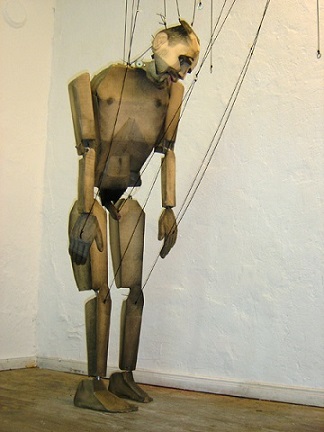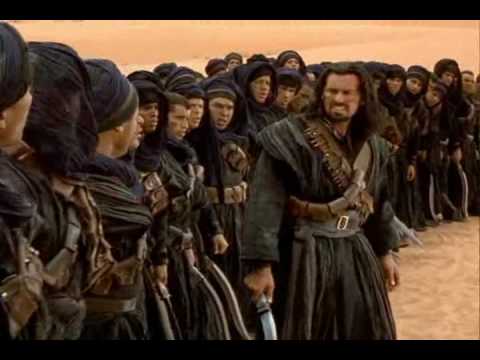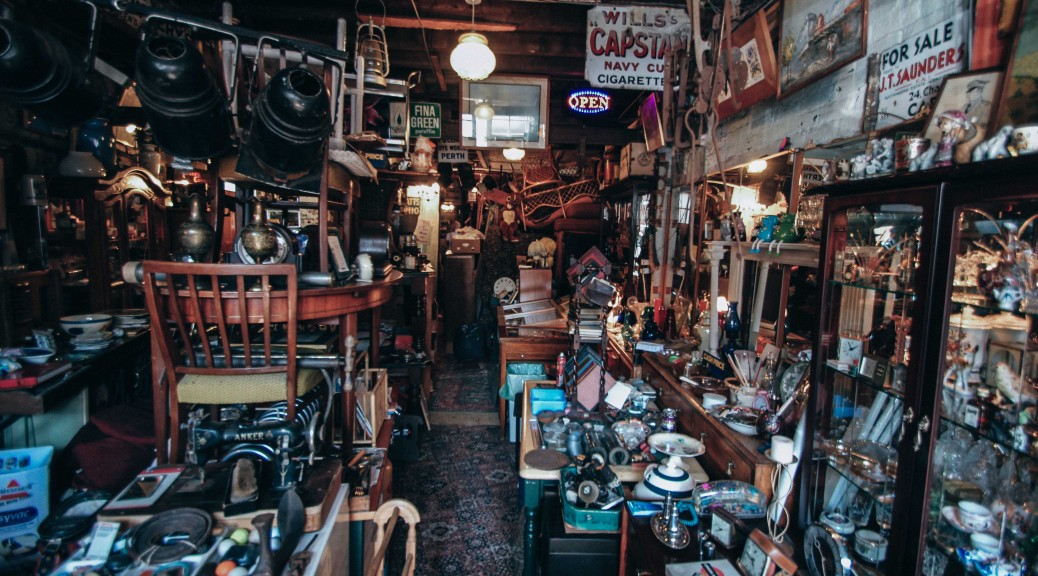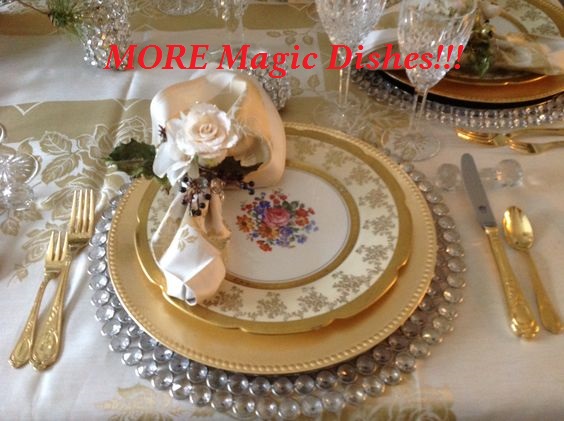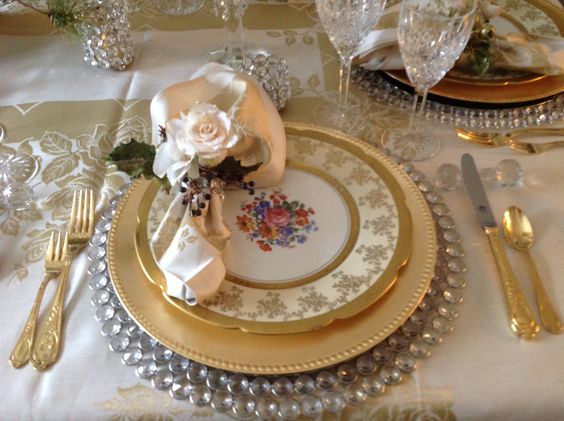A continuation of articles in the vein of marionettes and mimes.
The artist’s tool, whether a pencil, pen, or brush allows the artist to draw anything they can imagine.
The ability to draw functional/believable/recognizable items is granted by this item. If desired roll d% to gauge the artistic skill of the user for the remainder of the time they use this item. Low being child-like, and high being skilled or masterful.
Doors or openings drawn on dungeon walls do not guarantee an empty room on the other side. If a wall only has an expanse of solid stone indicated on the map, a room of sufficient size to hold the user and any companions is created. However, such random rooms have a chance to be populated from one of the creatures on the wandering monster charts for the level, either as per the dungeon key, the monster manual or other source. Roll for a random encounter as per the rules or as indicated on the dungeon key.
Such a room may be exited by the prior door, or a new door drawn on the wall. If it is again on a wall with only solid rock beyond repeat the procedure. A room exists as long as it is populated. Once the last creature leaves that room, it fades in 1d6 turns. NOTE: There is a 10% chance that such a room contains a door to a random location in the dungeon, or anywhere in the multiverse. Be creative! HINT: One of the locations for one of the One Page Dungeon Contests is good!
Items are of temporary duration, i.e. a single use or number of rounds or turns as specified by the DM. For example, a key drawn for a lock will only be good for that lock. Some DM’s may choose to rule that a new key must be drawn each time a lock is used.
A weapon or armor, such as a sword and shield may be used for one combat, one day, or one adventure, at the DM’s discretion.
Items can be drawn on any surface, even mid-air, such as a wall.
Magical pigments enhance the duration and effectiveness of magical brushes. Likewise magical inks do the same for magical pens.
The DM can rule there is a set number of uses or a way to maintain its effectiveness.
Cursed Artist’s Tool – These items cause the bearer to become obsessed with some hidden knowledge and they cannot stop their writing of long passages of prose, poetry, and equations. If they stop to eat they will draw the meal they need. If they stop to sleep, they will draw the magical chamber with a guardian to protect them.
Woe be to those who disturb the writings and so forth of the artist! this will cause him or her to not trust the one(s) to do this, and treat them with disdain or send drawings to deal with them.
If any try to take the tool from them, they grow enraged and resist with the strength of an ogre and the dexterity of a master thief. Anything they draw or paint to assist them in continuing their efforts will last until they are destroyed or the curse is removed.
Items drawn such as weapons will animate and defend the user while he or she continues their search for the truth. Each item drawn takes one round, and takes action on the following round. If the artist is attacked successfully mid-drawing, the object has a 50% chance of being malformed but still helping the artist, or a wild and malevolent creation that first defends the artist, and if all are slain, then going after the artist to retrieve the tool and take it to some random location in the multiverse. NOTE: One of the locations for one of the One Page Dungeon Contests is good!
The artist will insist that they are on to something. The DM can plan the seed or allow the player to suggest something. There is a chance that there is some kernel of truth to this quest for truth. If the player convinces others that there is meaning and they go in search of glory or treasure, let them.
The type of crazy the artist has is player’s choice, calm, quiet, and brooding; Jack Nicholson in The Shining; crazed and wild eyed and excited, or raving etc.
Variation on Cursed Artist’s Tool – Instead of the mind altering version, this version causes any item drawn to benefit opponents of the bearer, a la Wile E. Coyote and the Road Runner.



